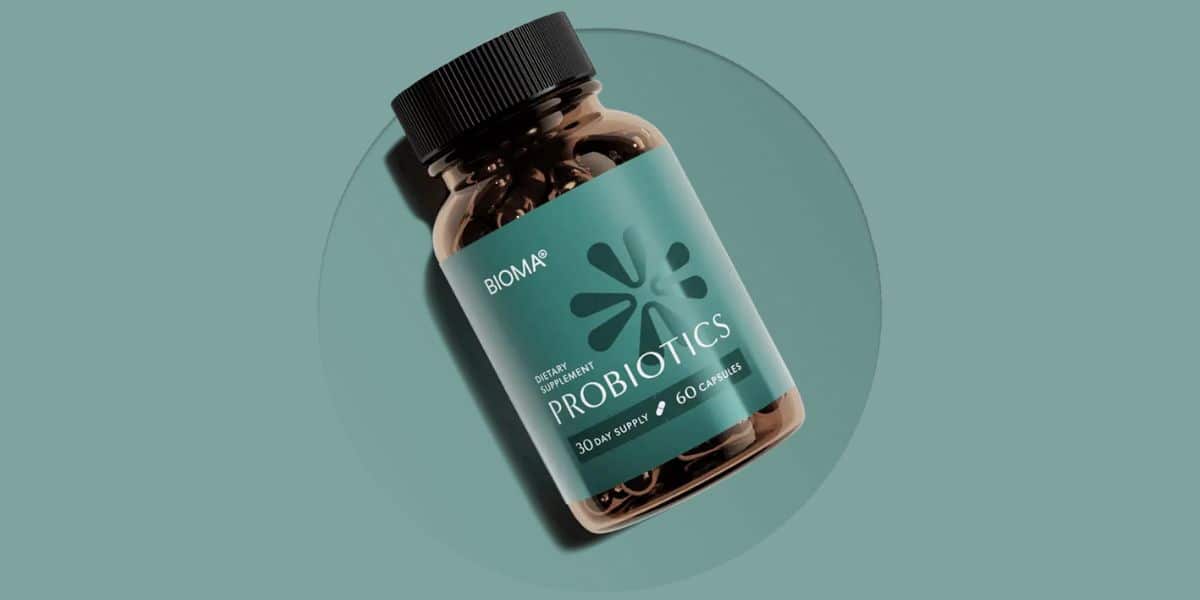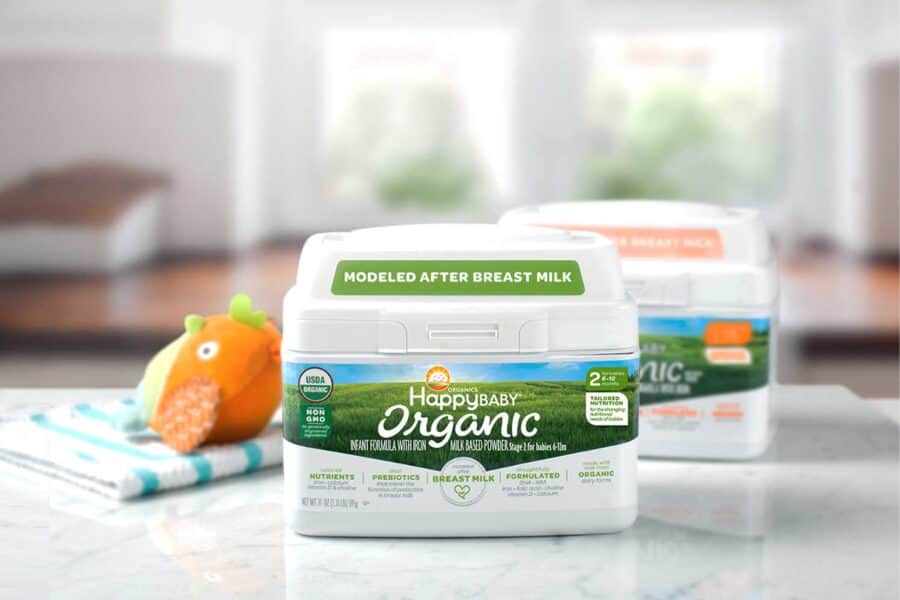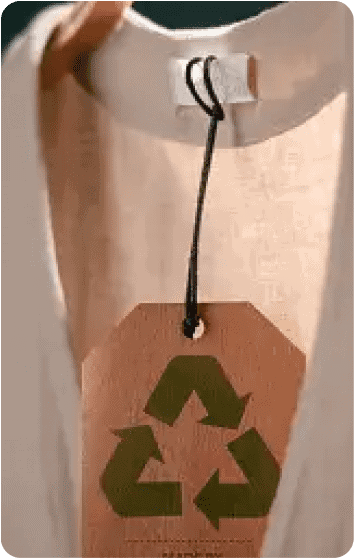Acorn squash, a staple in many households, is renowned for its unique shape, vibrant colors, and the rich, nutty flavor it brings to dishes. As its popularity continues to soar, a recurring question emerges: Can you eat acorn squash skin? For those who’ve pondered this while preparing a hearty meal, this comprehensive guide is for you. We’ll explore the edibility of acorn squash skin, its myriad nutritional benefits, and how to maximize the use of this vegetable in a sustainable, zero-waste manner.

Can You Eat Acorn Squash Skin Entirely?
When preparing acorn squash, one might wonder, can you eat acorn squash skin? Yes, acorn squash skin is entirely edible! When cooked, the skin transforms from its raw, tough exterior to a tender, flavorful addition to your dish. Beyond the convenience of skipping the peeling process, the skin is a nutritional powerhouse. It’s a rich source of dietary fiber, which aids digestion and promotes gut health. Additionally, the skin contains a plethora of vitamins and minerals that can boost your overall health.
Preparation Tips for Acorn Squash with Skin
To fully enjoy the acorn squash and its skin, selecting the right one is crucial. Aim for squash with a deep green hue, a matte finish, and a firm feel to the touch. Soft spots or visible mold are indicators of a squash past its prime.
Once you’ve made your selection, the preparation begins. Thoroughly rinse the squash to remove any lingering dirt or debris. A vegetable brush can be particularly effective in cleaning the grooves. After cleaning, you’re ready to slice and dice for your chosen recipe. Roasting is a popular method for acorn squash, but can you eat acorn squash skin when it’s roasted? Absolutely! Whether you’re aiming for a roasted delicacy, a grilled masterpiece, or a sautéed treat, the skin will integrate beautifully, adding depth to the dish’s texture and flavor.

A Sustainable and Zero Waste Guide to Acorn Squash
In an era where sustainability is paramount, understanding how to use food to its fullest potential is vital. Zero-waste cooking advocates for creative ways to use all parts of vegetables, prompting the question, can you eat acorn squash skin? Acorn squash, in all its glory, offers numerous benefits!
Roasting the Seeds: Instead of discarding the seeds, transform them into a snack. After a thorough cleaning, season them to your liking and roast until they’re golden brown. They make for a crunchy, nutritious treat.
Versatile Flesh: The acorn squash’s flesh is a culinary dream. Its versatility means it can star in a range of dishes, from creamy soups to savory pies, and even desserts.
Composting: If, for any reason, you find parts of the squash unpalatable, composting is the way to go. It’s an eco-friendly method to dispose of organic waste, turning it into nutrient-rich soil.
Proper storage is another facet of sustainable use. When stored in a cool, dry place, acorn squash can remain fresh for weeks. This longevity reduces the chances of wastage, allowing you ample time to experiment with various recipes.

The Zero-Waste Movement and Acorn Squash
The global shift towards sustainability has given rise to the zero-waste movement, emphasizing the importance of using every part of our resources. Can you eat acorn squash skin? Yes! It’s an eco-friendly choice to leave it on, reducing the need for peeling and food scraps. By consuming the skin, seeds, and flesh, and composting any leftovers, we take a step towards a more sustainable future. It’s a small but impactful gesture, showcasing our commitment to the environment.
Conclusion
Acorn squash stands as a testament to nature’s generosity. As you explore your culinary options, remember to consider – can you eat acorn squash skin? Every part of it offers something valuable, from its nutrient-rich skin to its versatile flesh. As we navigate the culinary world, understanding the potential of ingredients like acorn squash is essential. It’s not just about creating delicious dishes; it’s about respecting the resources we have and using them responsibly.
If you’d like to make more sustainable choices as you experiment in the kitchen, visit our blog and explore our zero-waste guides!









